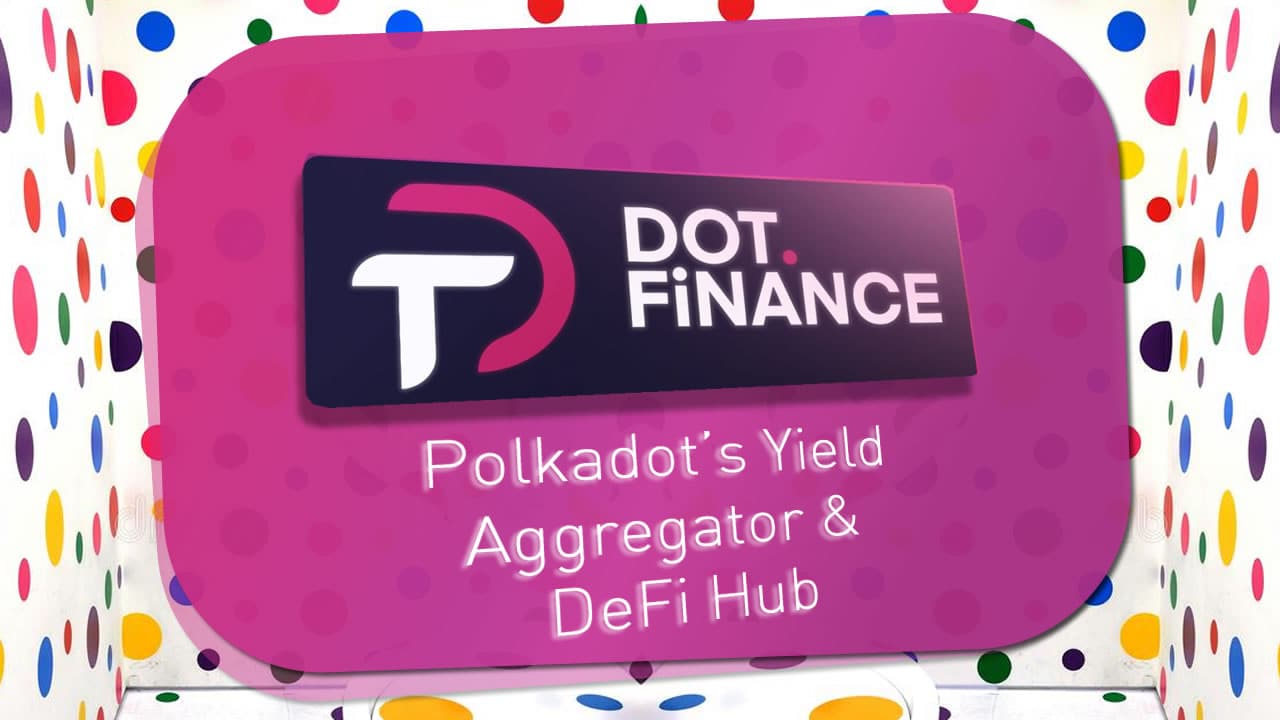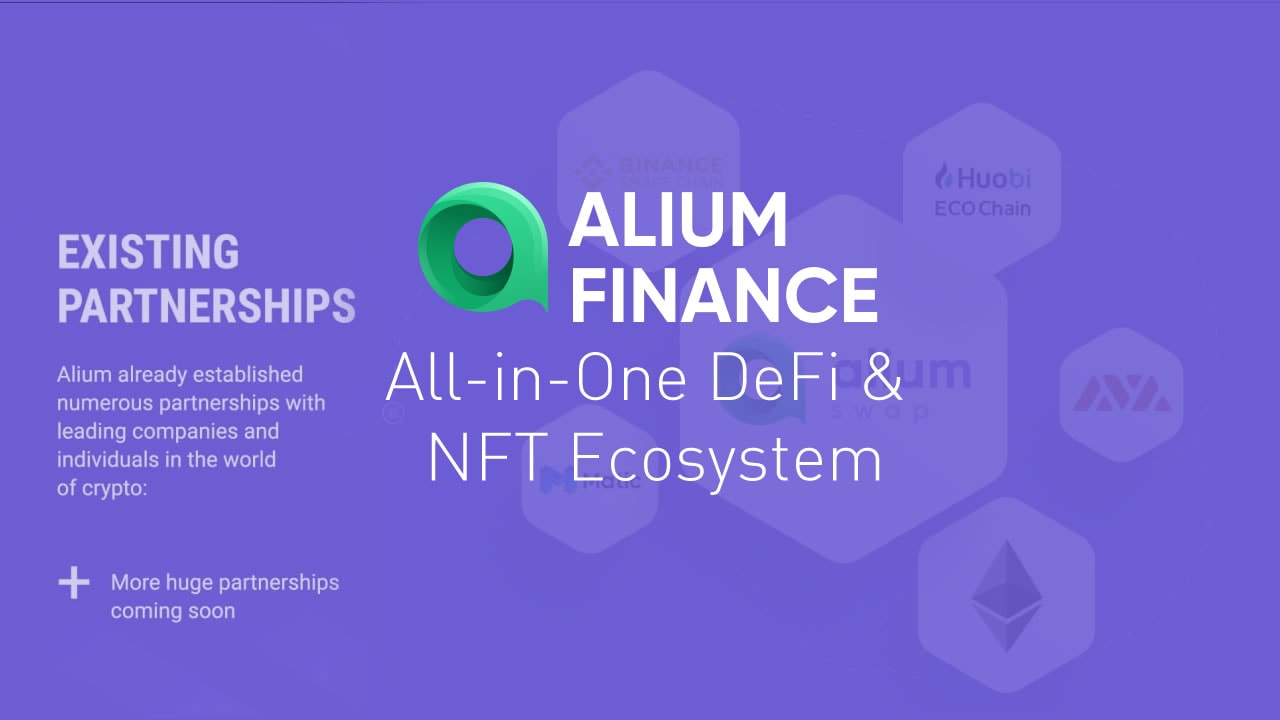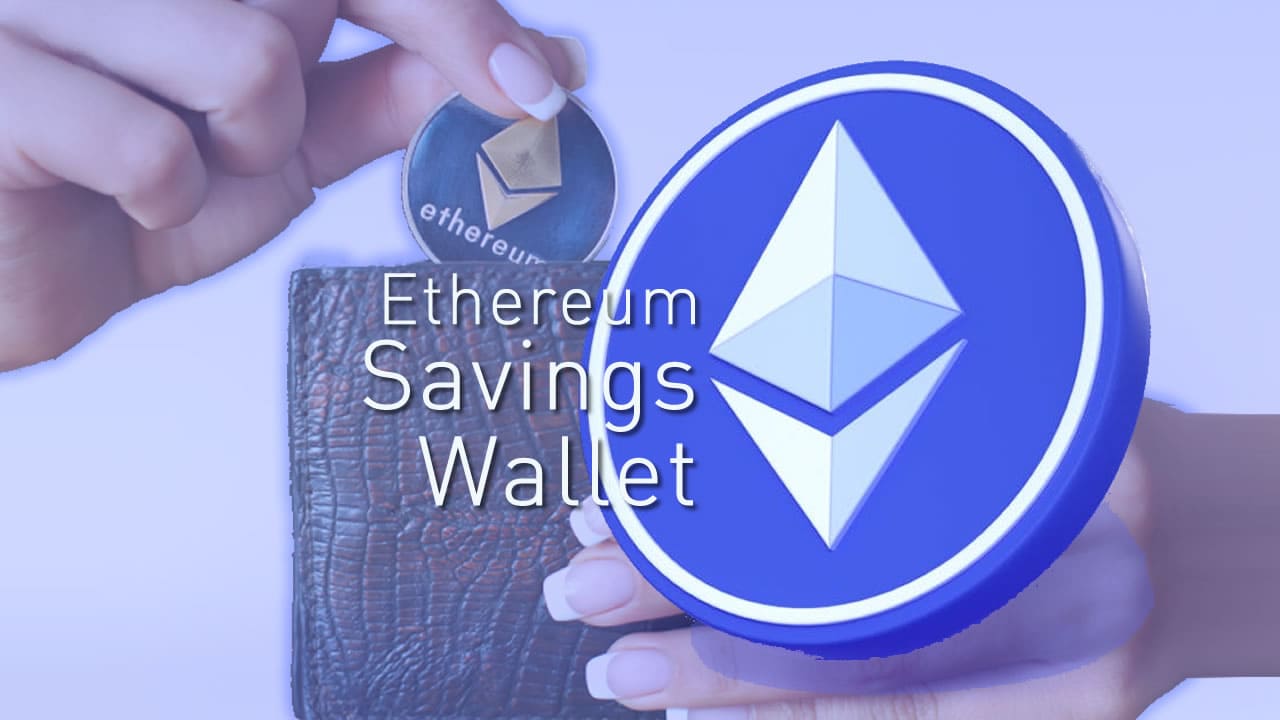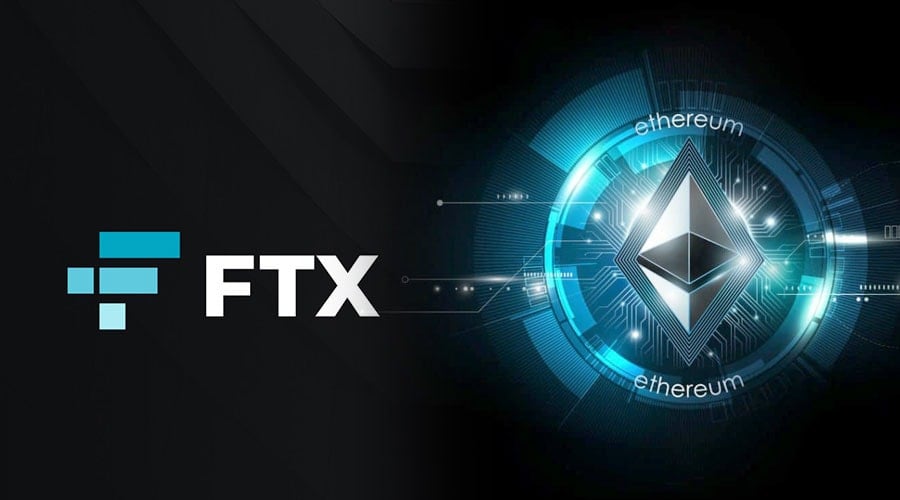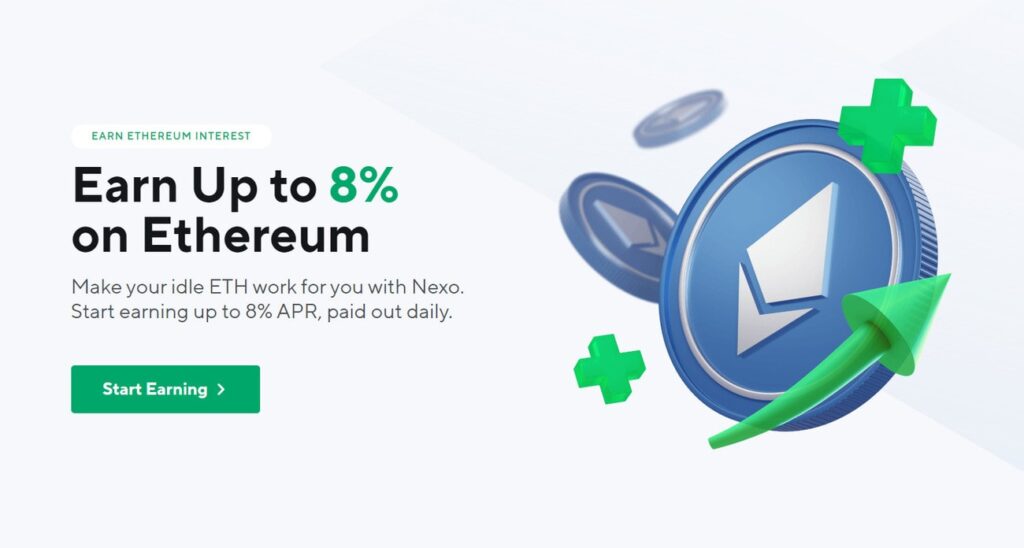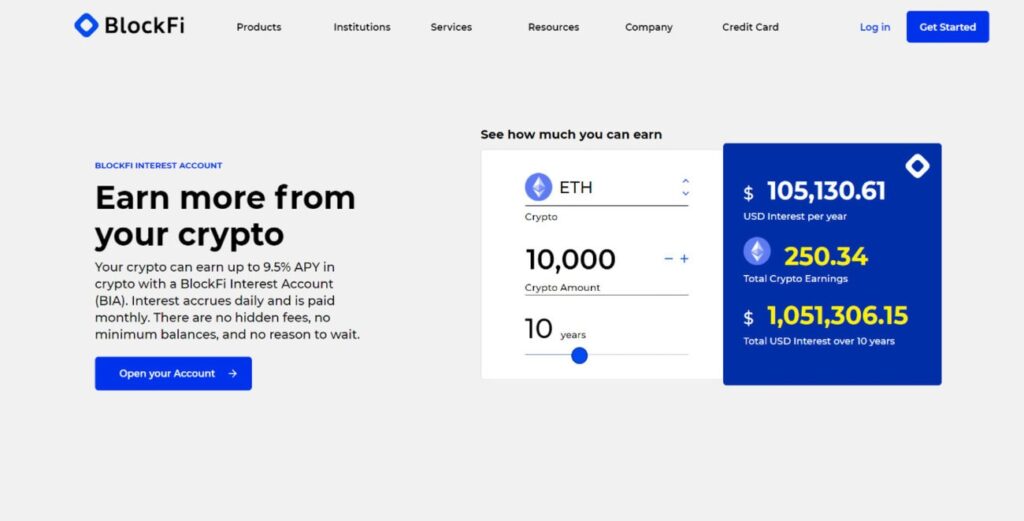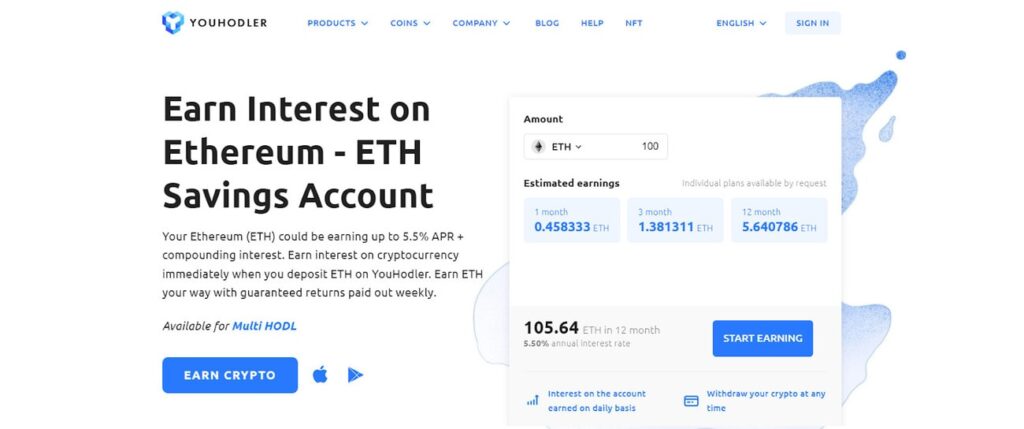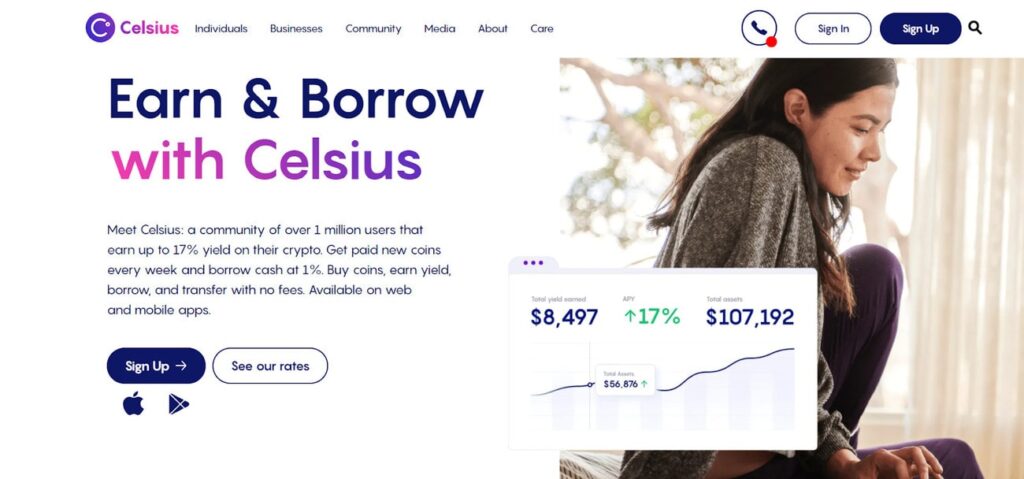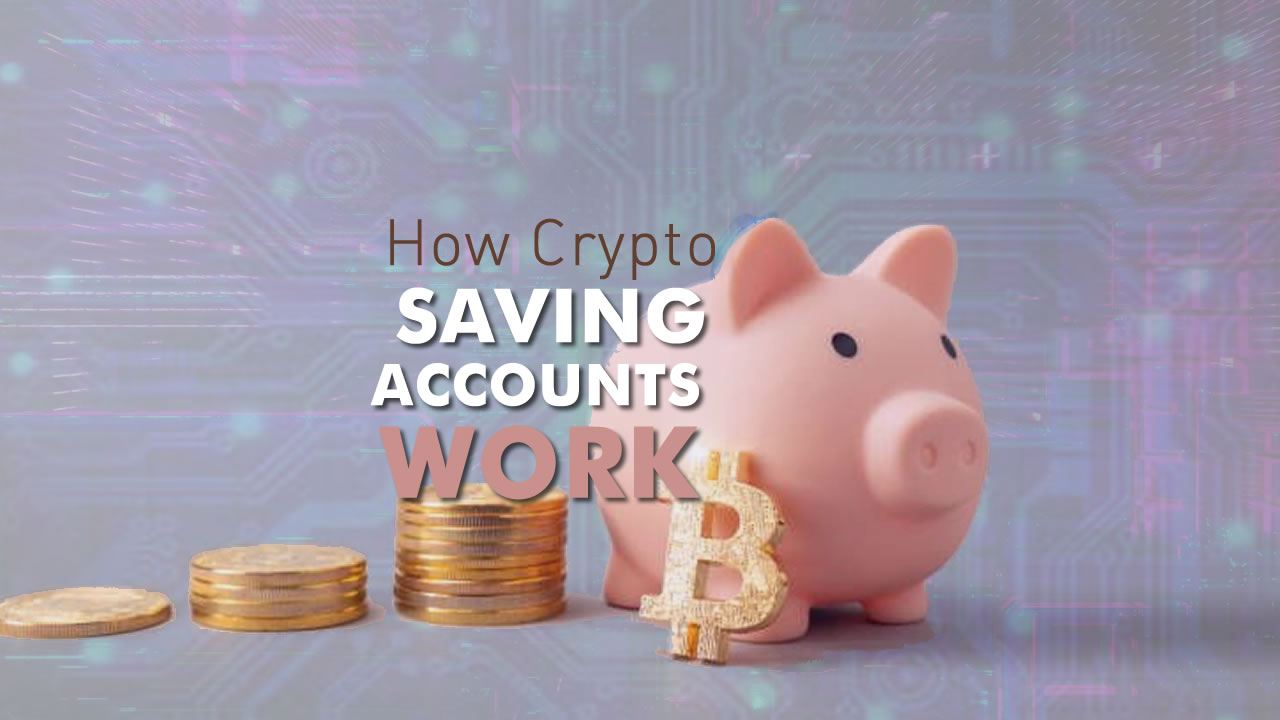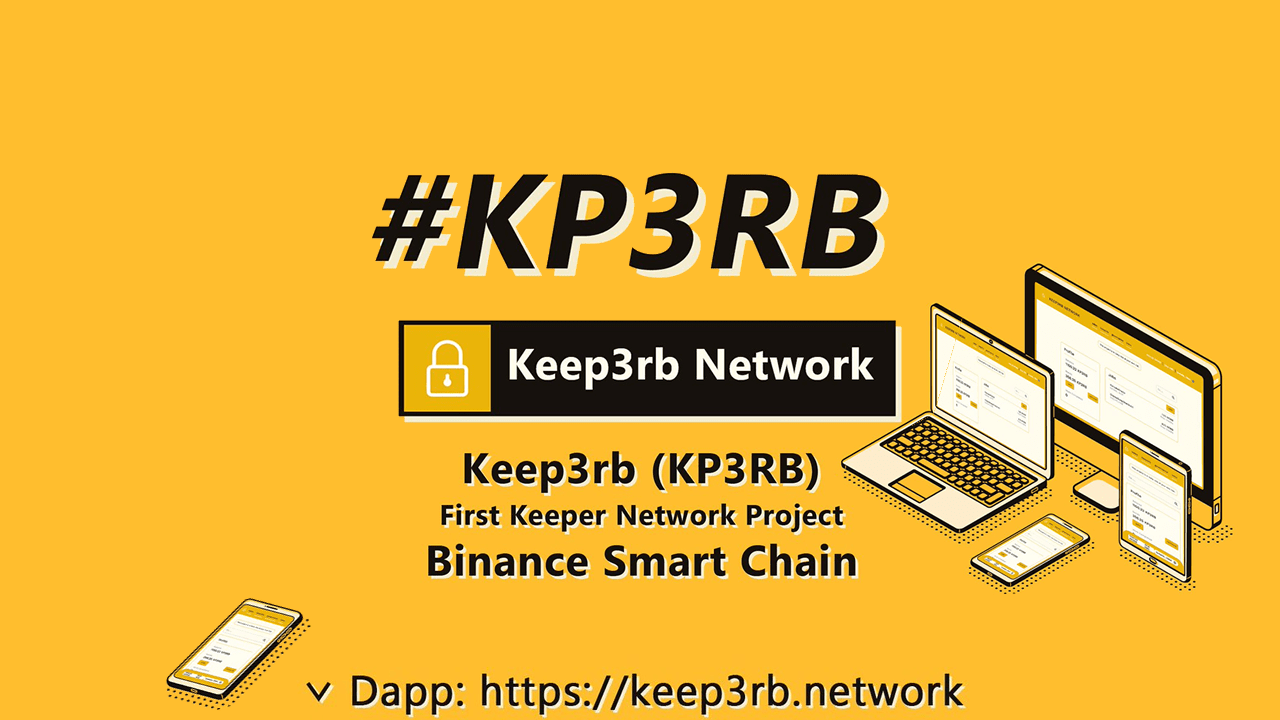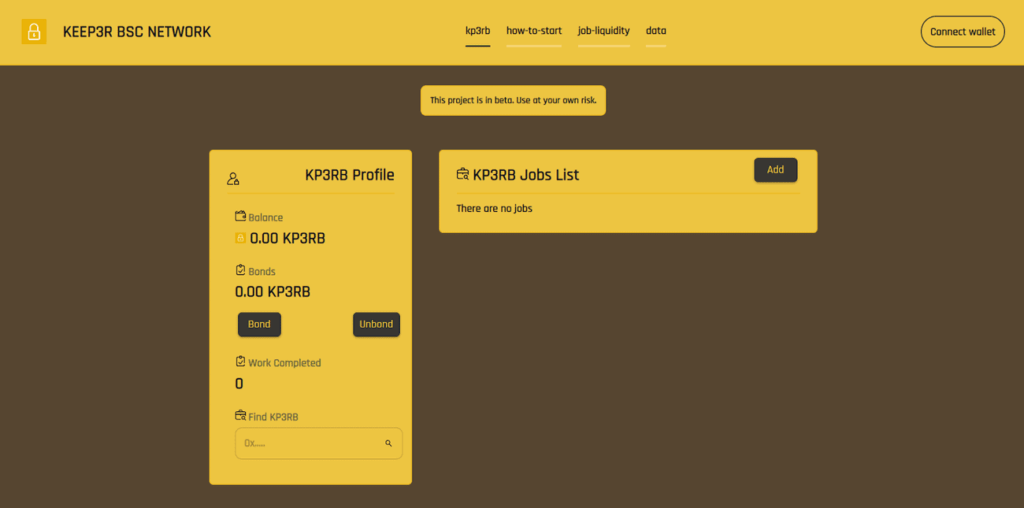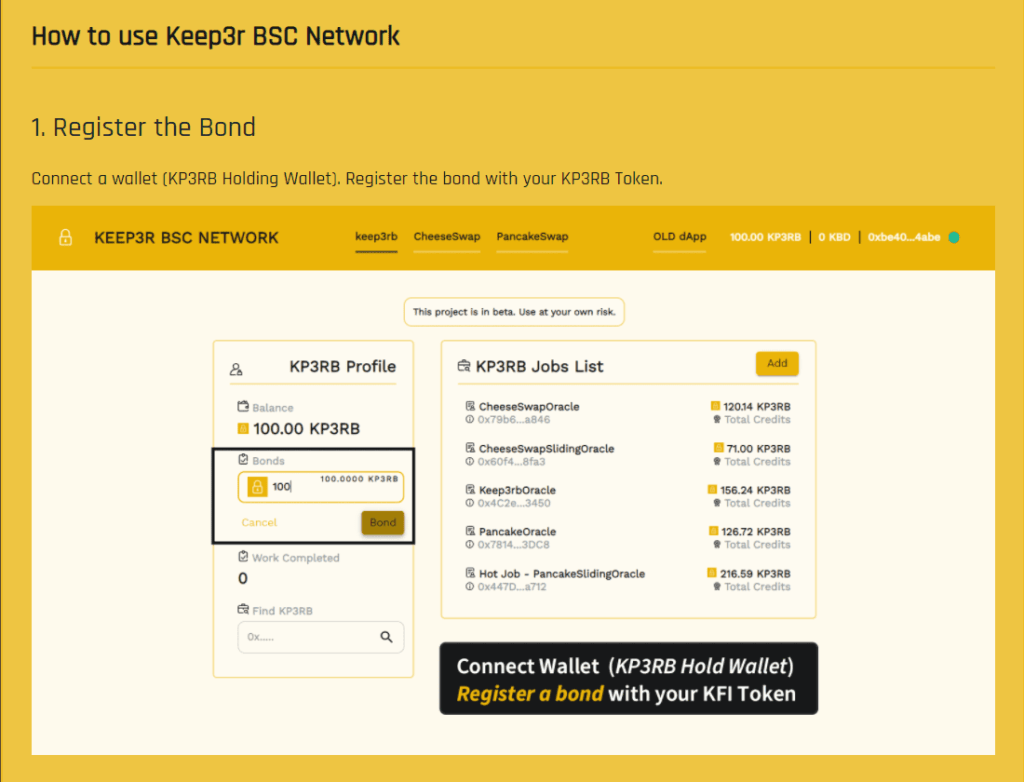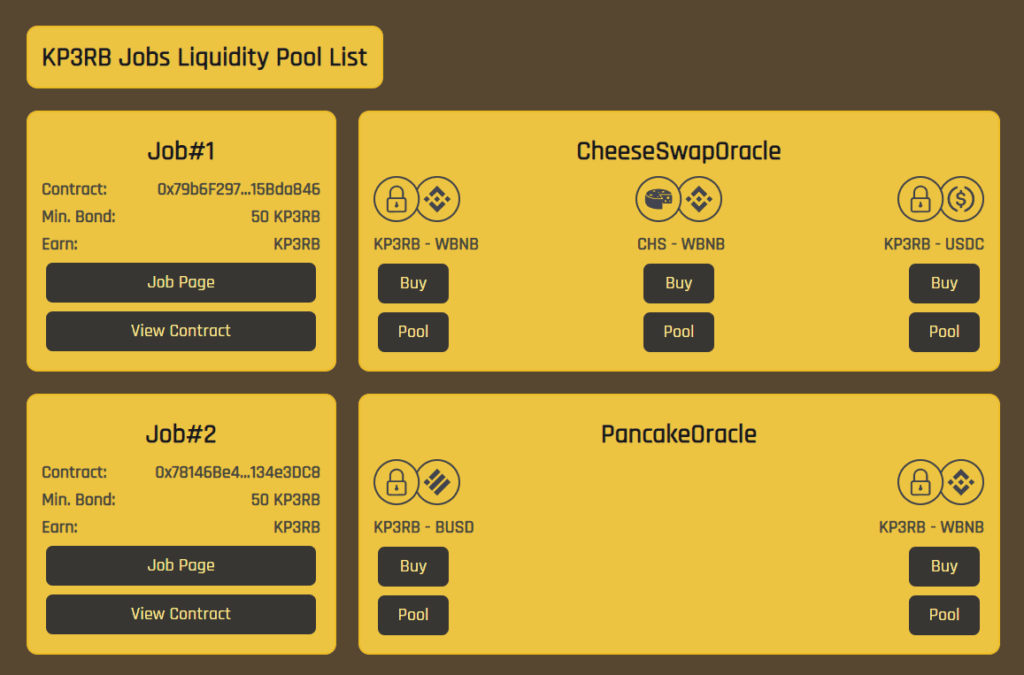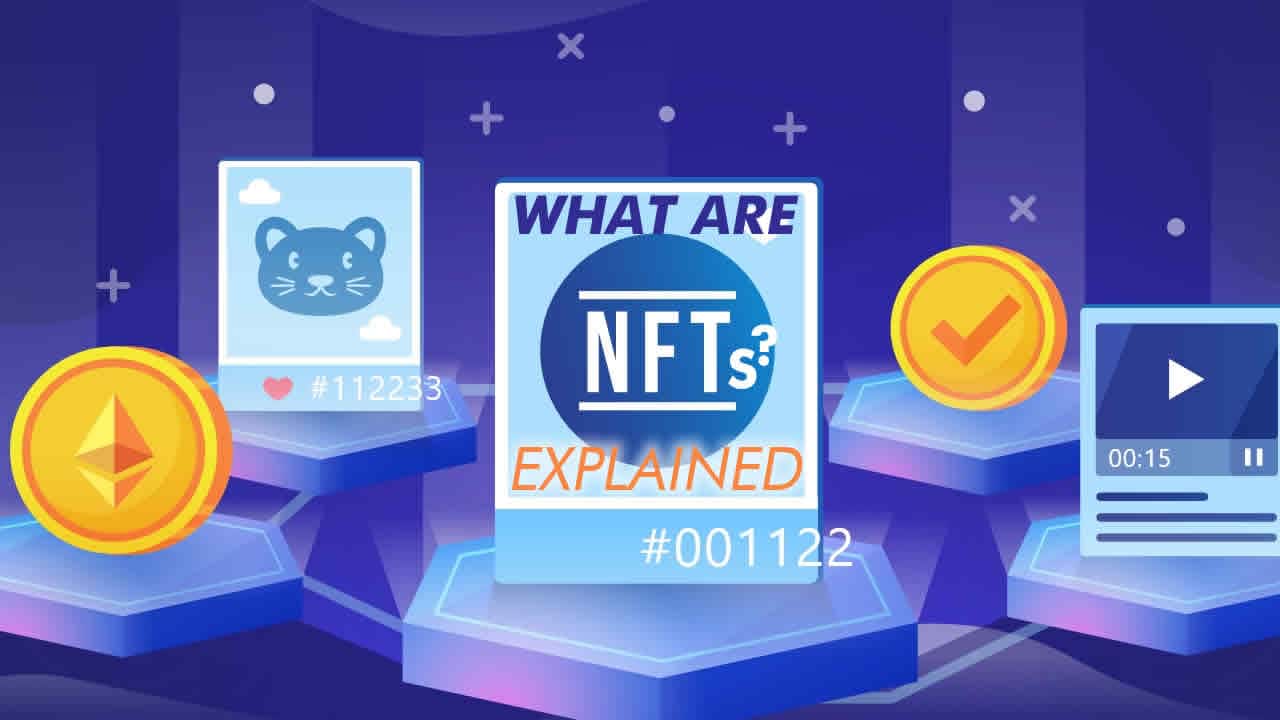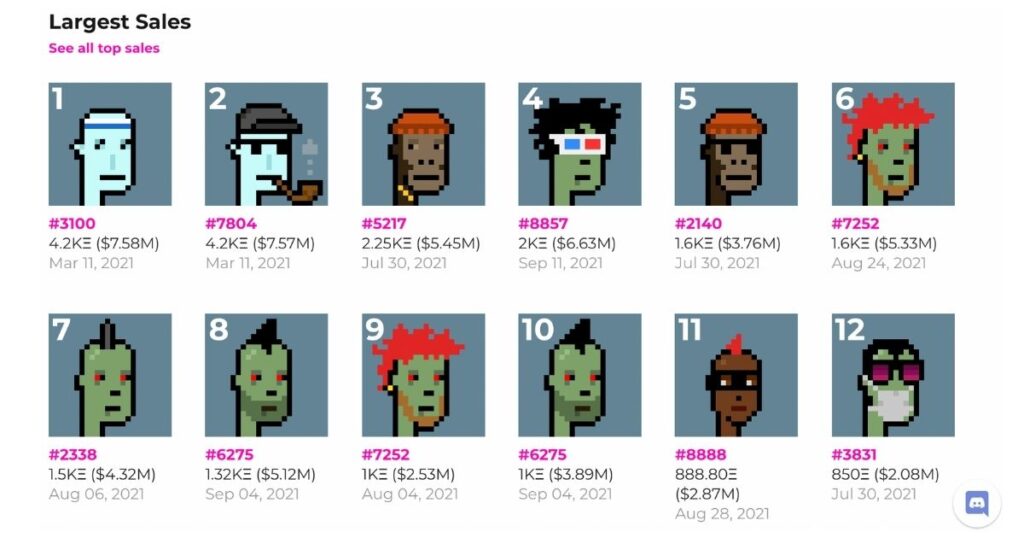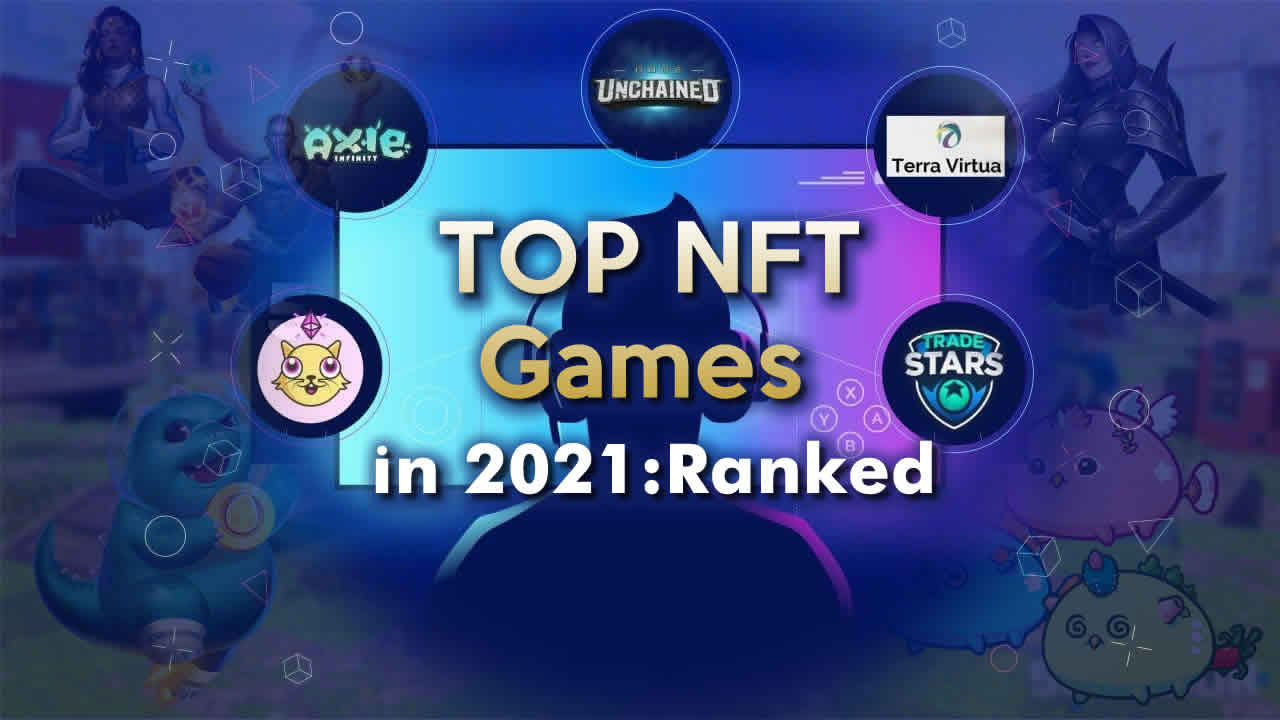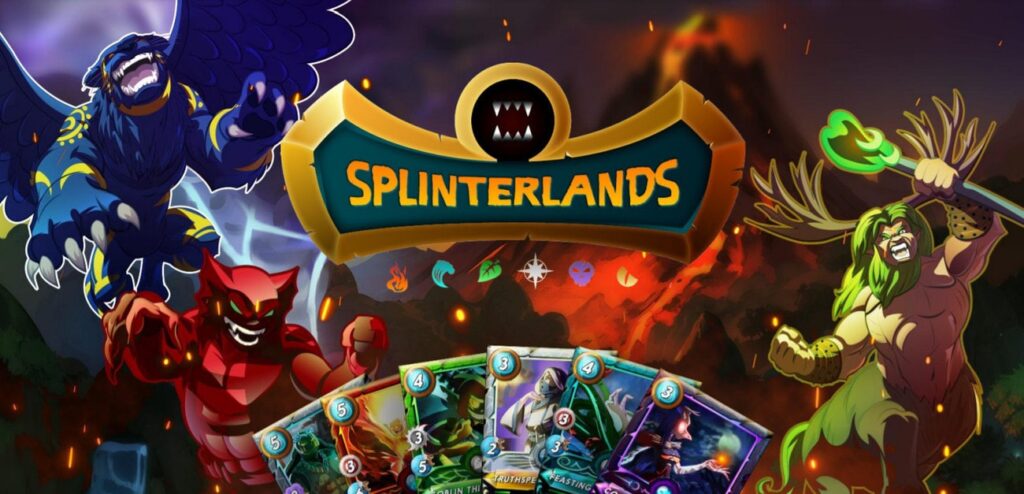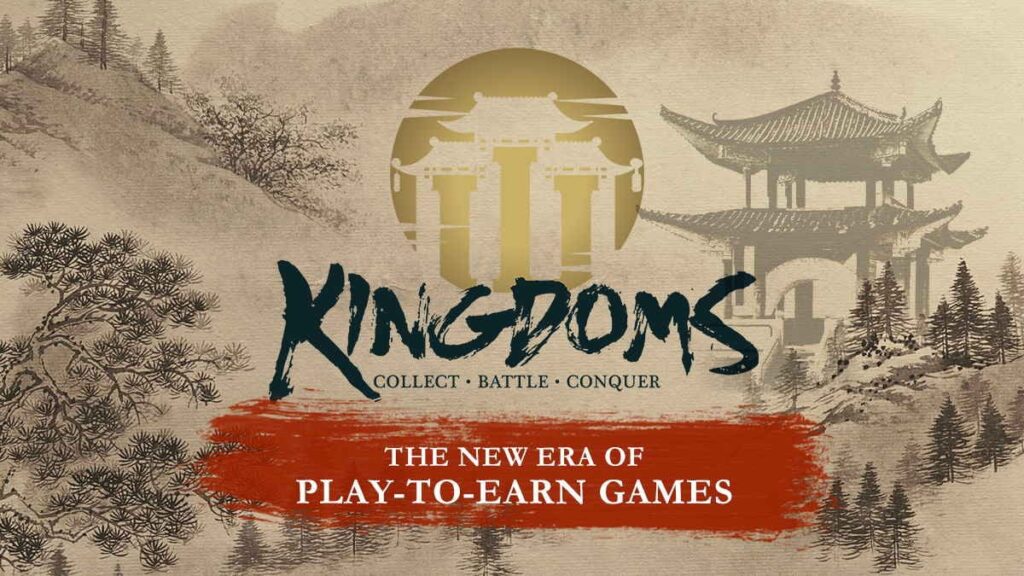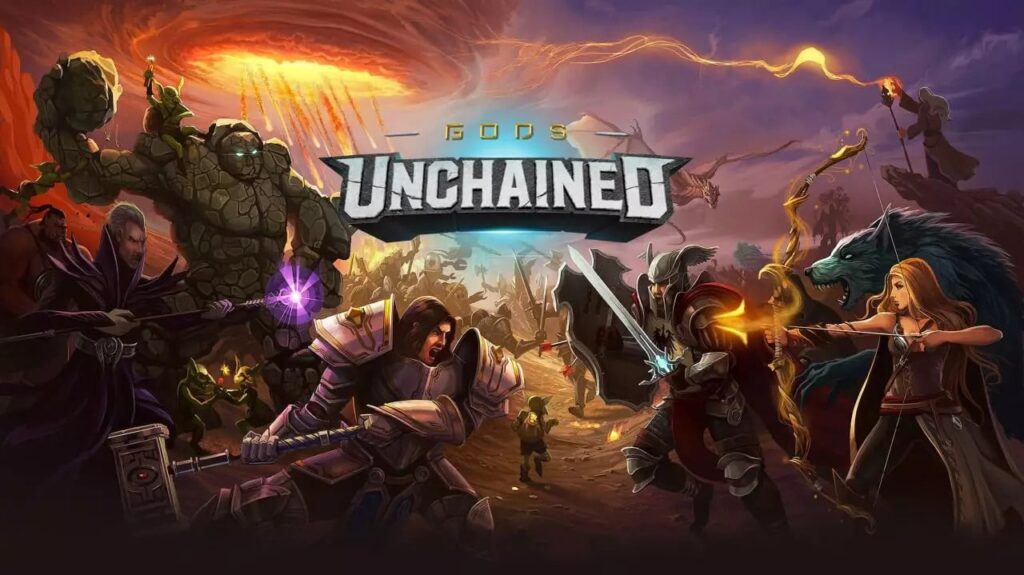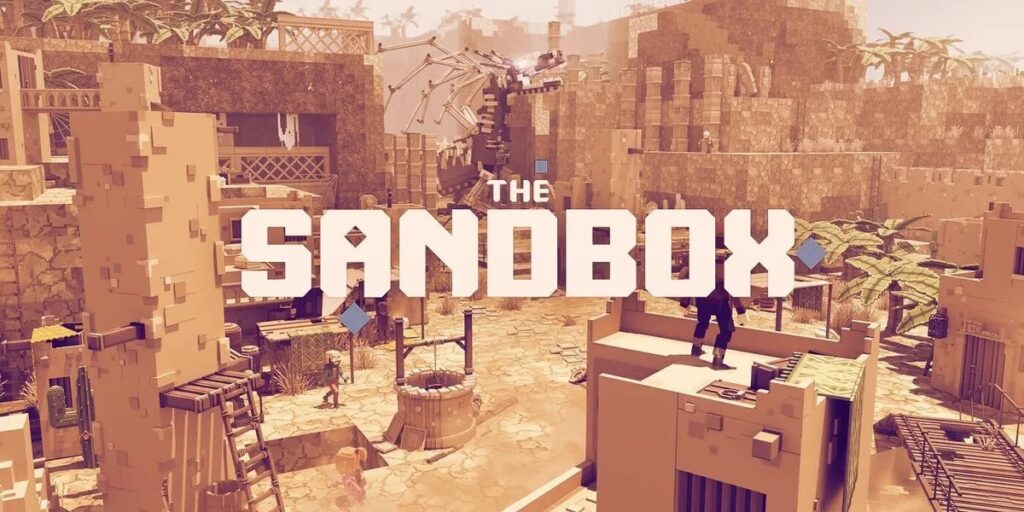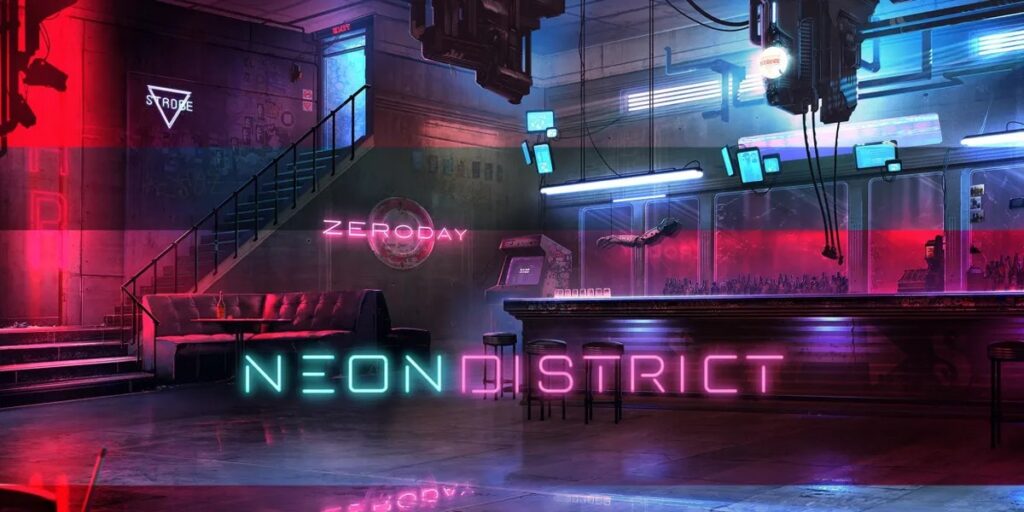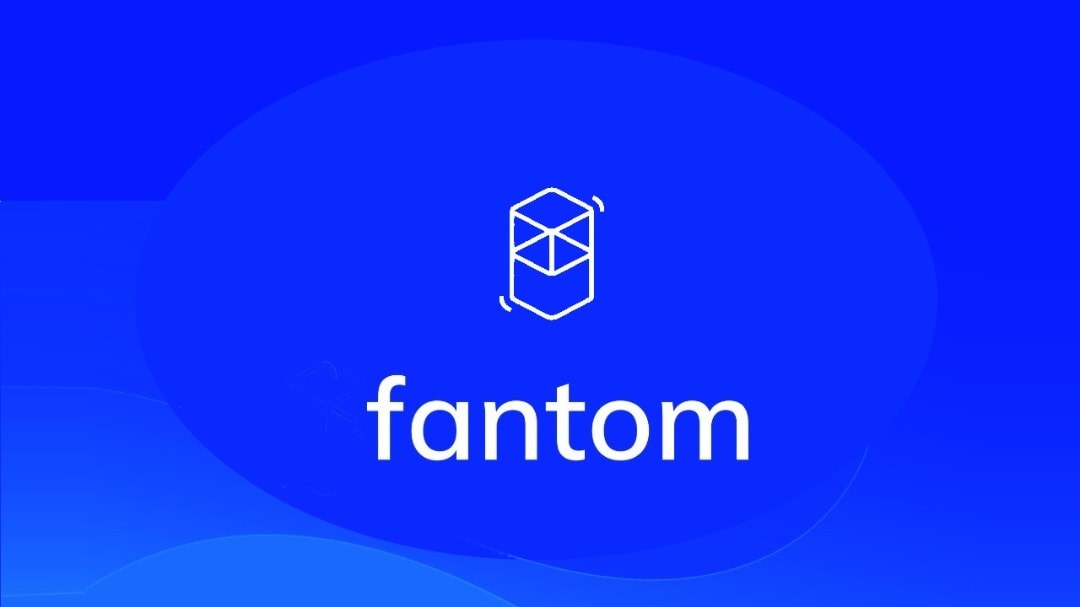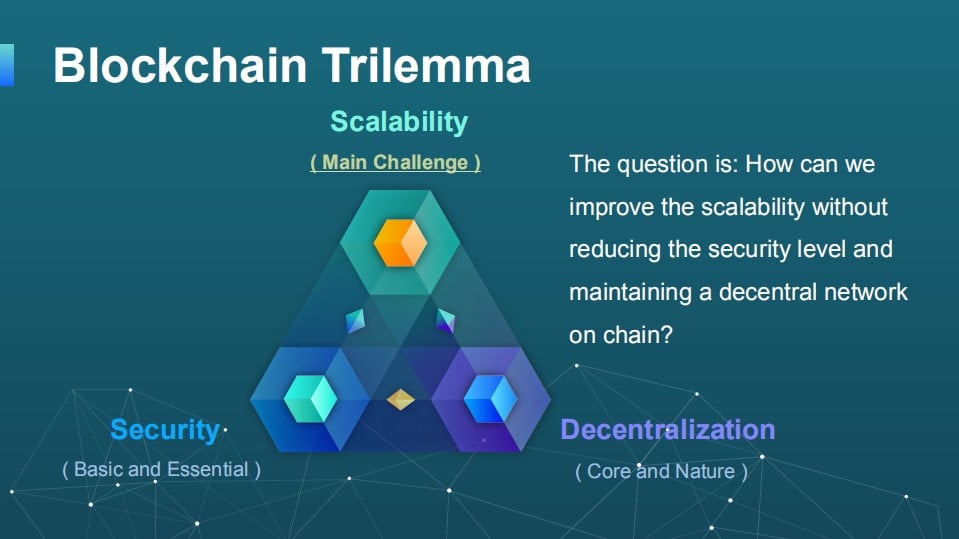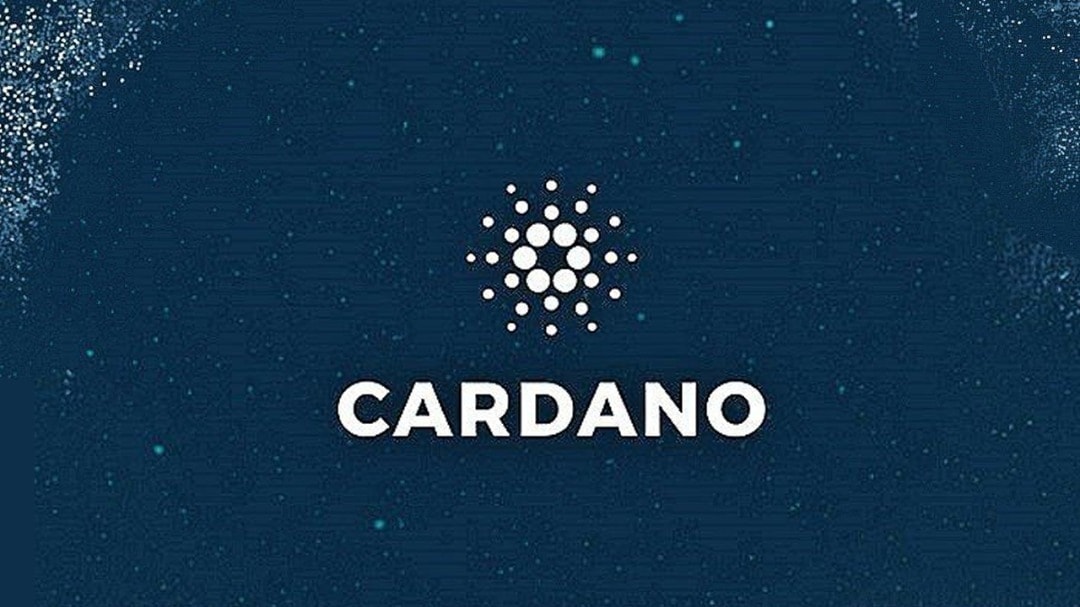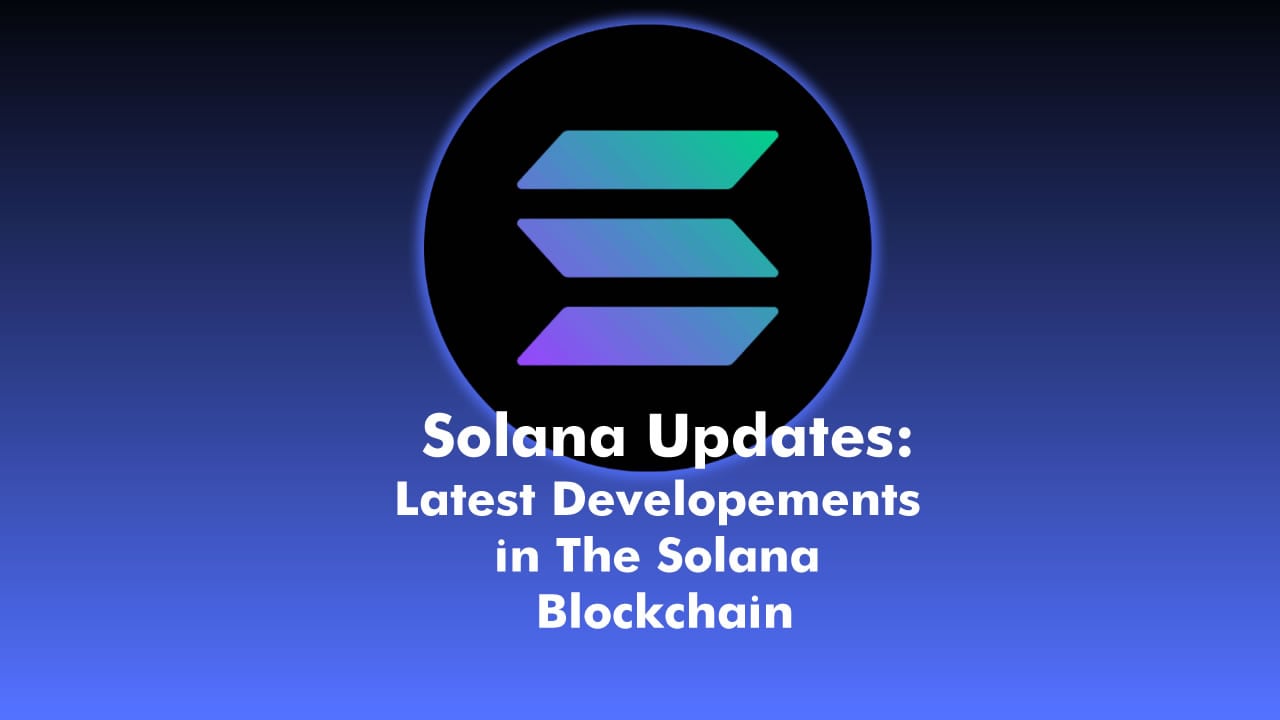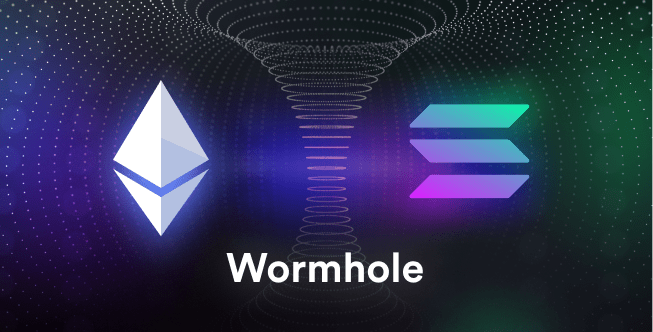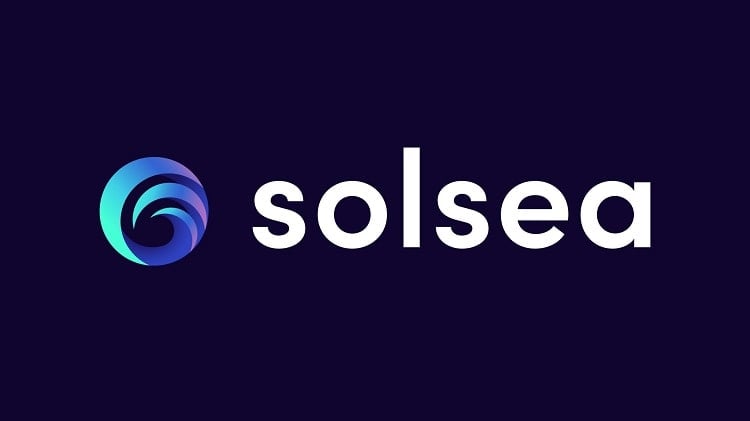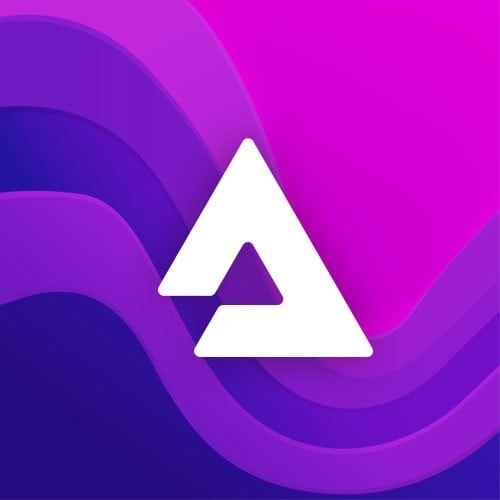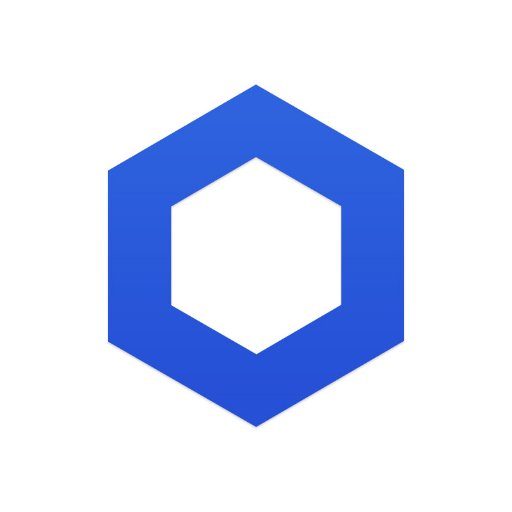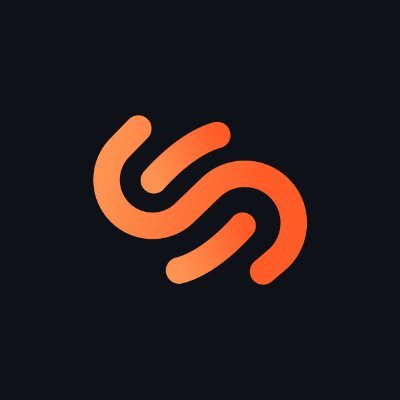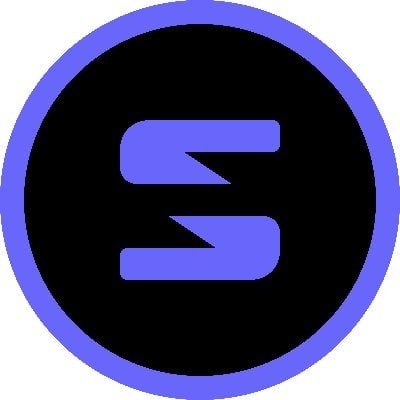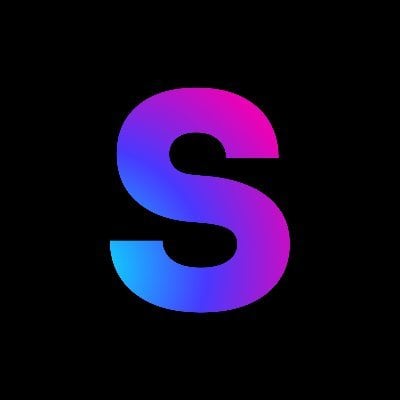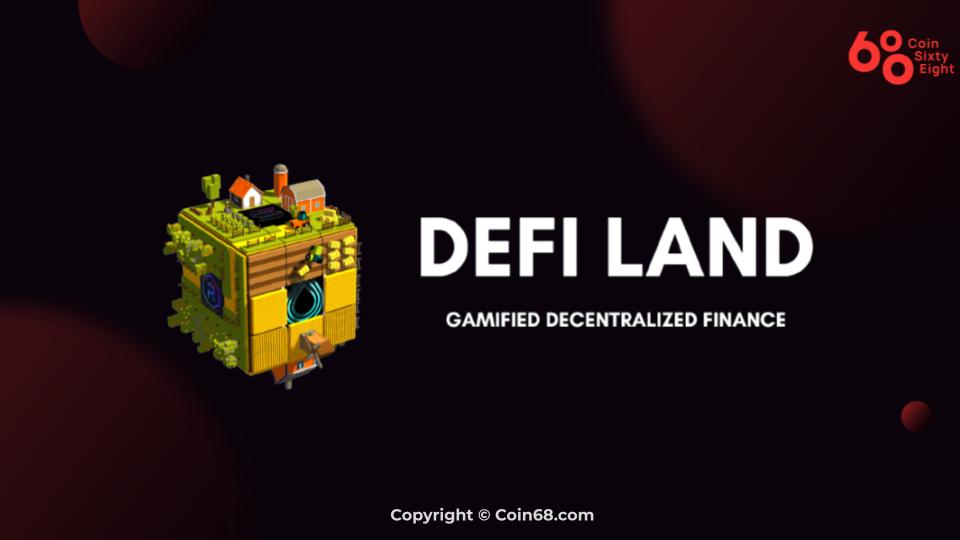Dot Finance is a new decentralized finance (DeFi) platform designed to incentivize the growth of the Polkadot ecosystem. Similar to other DeFi applications, Dot Finance uses smart contracts instead of third parties to provide financial services to users.
By providing access to a variety of battle-tested high-performing financial instruments, Dot Finance is designed to bring DeFi to a wide range of users and will help increase user exposure to the many benefits of the Polkadot ecosystem. This will help grow the adoption of not just the Polkadot framework but the many new DeFi products and services that Dot Finance is building on top of Polkadot’s safe, secure, and resilient architecture.
What is Yield Farming?
Anybody that has been in DeFi long enough has heard about yield farming. At its core, yield farming is the practice of using DeFi protocols to make your money work for you. Instead of having funds stashed in a zero-interest account or a hardware wallet hidden under your mattress, you can use them to lend, borrow, trade, or provide liquidity. DeFi platforms incentivize user participation by rewarding them with native tokens and/or a portion of the transaction fees.
Yield Farming Strategies
Yield farming strategies are in constant flux as farmers must continuously adapt to protocol changes, market demands, and gas prices. That being said, the primary goal is to earn the highest rewards by locking up your funds. This is accomplished by supporting Automated Market Makers (AMMs) through addition of funds to Liquidity Pools (LPs).
When liquidity is added to a pool, you receive LP tokens that represent the amount of your contribution to the pool. The LP tokens can entitle you to a portion of the swap fees from that pool, but you can also stake the LP tokens in different farms to earn rewards. The staking rewards come in the form of a new token, (e.g. PancakeSwap rewards LP token stakers with CAKE tokens) that can also be swapped or staked in different farms and pools.
The complexity of strategies increases quickly with all the different options and varying returns available.
Yield Farming Optimization
Keeping up with the fluctuating rates and ever-changing market conditions takes a lot of time and energy. If you make a mistake or miss the optimal compounding times, your APY drops significantly. If you farm on Ethereum, you also must worry about the crazy high gas fees eating into your yields with every transaction. Ethereum yield farming has become a space where only whales turn a profit.
Dot Finance helps farmers avoid these issues and earn the highest returns possible with their yield aggregator. By working on the Polkadot and Kusama blockchains, the transactions are fast, and the gas fees remain low.
Dot Finance’s smart contracts automatically compound yields at the optimal frequency to increase your APY and the already low fees are shared across farms by batching the auto-compound transactions. Farmers also have access to automation and compounding at scale. It’s like farming with a tractor instead of pulling a yoke on your shoulders.
How Dot Finance Maximizes Yields
Normally, after providing liquidity to a pool and receiving LP tokens, you can stake those to earn new tokens. The rewards incentivize people to add liquidity to the pools but it takes a little more time and effort from the farmers because the funds have to be manually converted and restaked.
Optimal compounding can be almost magical in how much it increases your returns. For example, if you were to auto-compound once a day for a year, a 40% APR becomes 49%. That’s almost a 25% increase in returns!
Dot Finance’s yield aggregator auto-compounds farming yields for you by converting them to LP tokens then staking them. Using their platform means the smart contracts will compound your yields at the optimal rate and entitle you to a share of their performance fee – the Pink Distribution.
When you harvest your yields (collect rewards), Dot Finance gives you 70% of your earnings in LP tokens, and the other 30% will be issued in their native $PINK tokens. This is based only on your profits, your principal remains untouched. The 30% for which $PINK is minted is the performance fee that goes to the $PINK stakers.
$PINK Token
Governance
Staking $PINK tokens will allow you to participate in DAO governance protocols. When future changes are proposed for the platform, you will be able to vote and help steer the protocols in a direction you think is best.
Utility
The native $PINK token is more than just a regular governance token. $PINK incentivizes liquidity provision and helps increase returns when using the platform. It can be staked to earn rewards and is used as an APR multiplier when claiming profits.
The following shows the fee structure of $PINK:
- 30% performance fee (the $PINK distribution) – This means 30% of profits will be converted and issued as $PINK tokens upon user withdrawal. The original profits are used to reward individuals that staked their $PINK tokens in the $PINK staking farm.
- 0.5% withdrawal fee if the withdrawal happens within 72 hours of deposit.
$PINK Staking
There is a separate $PINK staking farm that will allow you to stake your tokens and receive a share of $PINK distribution profits. These profits come from the vault’s performance fee – the original 30% that were converted to newly minted $PINK tokens.
This is an automatic process that happens with every withdrawal, e.g., a user takes profits, the smart contract executes and 30% of those profits are converted and given to everyone with staked $PINK tokens.
Simply put, when you stake $PINK tokens in the $PINK farm, you receive a share of the $PINK distribution for the entire community.
Dot Finance prioritizes community and wants everyone to benefit from the growth and success of the protocol, therefore choosing this mechanism to share the earnings of the protocol with all the $PINK holders.
Why Polkadot?
Polkadot is a highly successful blockchain protocol that was designed to connect multiple specialized blockchains into a unified network. Isolated blockchains can only process a finite amount of traffic, and all blockchains make tradeoffs to support a variety of features and use cases. For example, one blockchain might optimize for security, while another might optimize for speed.
These are the real-life challenges that Polkadot was designed to address. With a sharded multichain network, Polkadot can process many transactions on several chains in parallel. This eliminates bottlenecks. Also, the platform supports blockchains of different designs that are optimized for specific use cases. In this way, Polkadot overcomes the interoperability problem by uniting isolated blockchains, thereby enabling its user base to access and harness all of its advantages in one holistic protocol, making it a real contender for the next generation of blockchains.
Because of these features, Polkadot has grown significantly over the last year and numerous projects have committed to building on it.
What’s Next for Dot Finance?
- Users can expect additional farms to be launched such as DAI-USDC & BUSD-USDC, and other projects in the Polkadot ecosystem.
- Users will be able to deploy their vault strategy and integrate with Sushi decentralized exchange, enabling users to auto-compound gains and maximize returns on Sushi farms.
- Plans to launch and support additional vault strategies to offer even higher yields for current farms.
- Integration with Chainlink oracles to enhance vault’s security with additional price feeds.
- Dot Finance will conduct additional audits for their smart contracts to ensure the security and safety of users’ funds.
Check out Dot Finance’s official channels to learn more:
Website – http://dot.finance/
Twitter – https://twitter.com/dot_finance
Telegram – https://t.me/Dot_Finance
Medium – https://dot-finance.medium.com/
Sources:
https://morioh.com/p/110b7f4a031a
https://dot-finance.medium.com/hello-polkadot-we-are-live-eb40187c146a
https://www.coindesk.com/tech/2022/01/04/dex-aggregator-dot-finance-migrates-to-polkadot-from-bsc/
